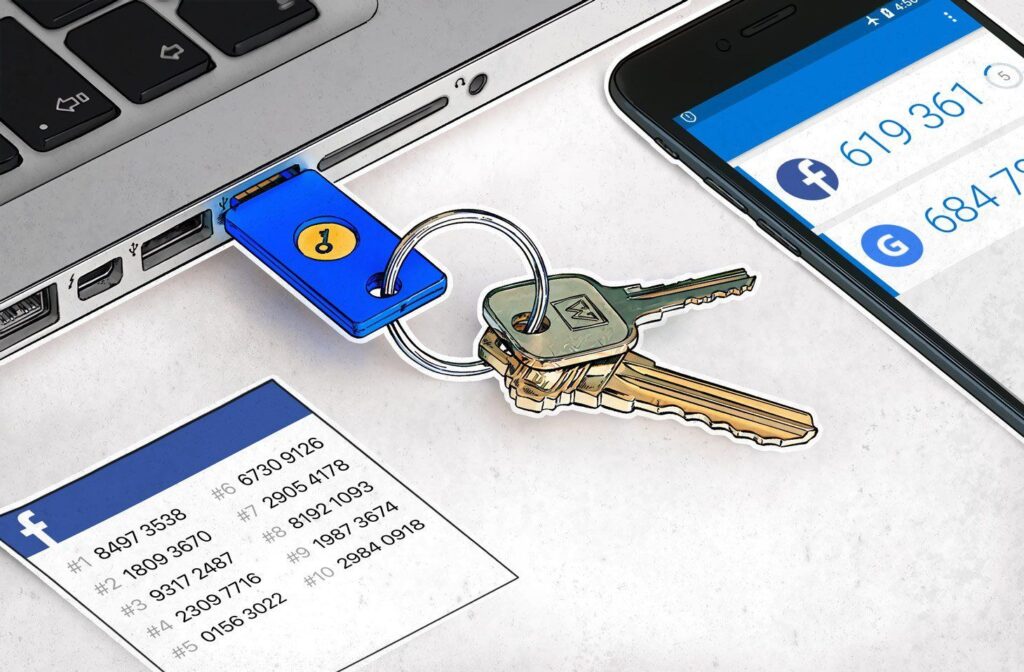Bypassing 2FA Network Authentication Service
In the world of network authentication, two-factor authentication (2FA) is widely regarded as one of the most effective methods for enhancing security. By requiring two forms of verification — something the user knows (a password) and something they have (an authentication token or a biometric factor) — 2FA greatly reduces the risk of unauthorized access. However, even the most secure authentication methods are not entirely immune to attack.

Our bypassing 2FA network authentication service is designed for situations where the usual authentication processes fail or are compromised. While many may think of 2FA as an impenetrable barrier, attackers with the right tools and techniques may still find ways to bypass or break through these defenses. This service focuses on providing comprehensive methods to hack and bypass 2FA systems used in network environments, helping organizations identify weaknesses and vulnerabilities before they are exploited by malicious actors.

Bypassing 2FA typically involves exploiting flaws in the 2FA implementation, such as SIM swapping, phishing attacks, or intercepting communication channels between the user and the authentication system. Social engineering attacks can also be leveraged to trick users into revealing their second-factor authentication details, such as codes sent via SMS or generated by mobile apps. Decrypting or breaking the secondary layer of authentication is possible with the right tools and knowledge, which is where our service comes into play.

While we emphasize that this service is intended for ethical hacking, penetration testing, and security assessments, it’s important to note that the goal is to highlight vulnerabilities within 2FA systems. By doing so, businesses can improve their protective measures and enhance the overall security of their network authentication process.

In conclusion, while 2FA significantly strengthens network security, there are always potential vulnerabilities that can be exploited. Our bypassing 2FA network authentication service helps businesses understand these risks and take proactive steps to ensure their systems remain secured against unauthorized access.

